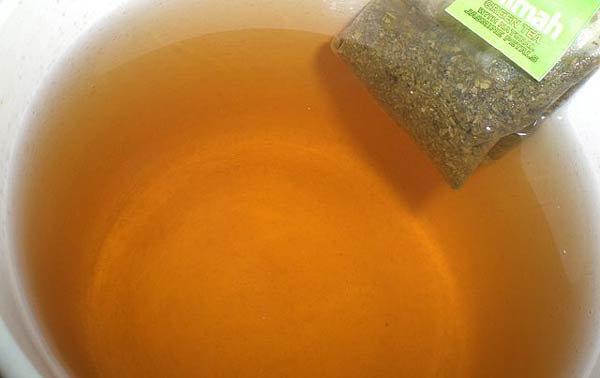BY DR MERCOLA
Botanical name: Camellia sinensis
Ancient Chinese legend has it that tea brewing began 5,000 years ago when an emperor noticed an enticing fragrance wafting from a container of boiled water into which leaves had fallen. Unable to resist sipping the brew, its delightful flavor instigated such a national passion that during the Teng Dynasty of 618-907 A.D., white tea was a household staple, purchased in bricks and ground in a mortar. Japanese monks visiting China carried tea leaves home, inspiring the concept of ceremonial tea and infusing itself into the Japanese culture. The 4 o’clock tea ritual became an institution in 17th century England.
Today, tea is the essence of all things refined, embodying renewed energy, a meeting of minds and a sense of well-being in a civilized society. It not only symbolized status in ancient Chinese cultures, it was – and perhaps is – the tonic for every ill.
The white-flowered evergreen from whence tea leaves are gathered is grown in 50 countries, representing 50 species. China leads in abundance; Japan in quality. The process they undergo determines the distinctive color and flavor of three main types: green, black and oolong. While tea leaves are “plucked” and begin to oxidize and ferment for standard teas, green tea leaves are steamed, roasted, or pan-fried almost immediately to prevent fermentation, resulting in a paler shade. The most nutrient-rich green tea, Japanese matcha, or maccha, is stone-ground to a powder and steamed for a smooth, palate-pleasing taste.
Health Benefits of Green Tea
An excellent source of antioxidants and alkaloids, green tea is packed with vitamins A, D, E, C, B, B5, H, and K, manganese and other beneficial minerals such as zinc, chromium, and selenium. Fresh tea leaves are unusually plentiful in powerful free radical-zapping antioxidants called polyphenols (essentially a series of chemicals called catechins) which may constitute up to 30 percent of the dry leaf weight, so each cup is actually a tincture of life-giving tea polyphenols.
Researchers say epigallocatechin gallate (EGCG) is the most powerful catechin found in green tea, supplying 20 to 35 mg in a single cup. In one study, scientists asserted EGCG to be 25 to 100 times more potent than vitamins C and E. Another reported that one cup offers antioxidant effects greater than a serving of broccoli, spinach, carrots, or strawberries.
Make sure you know exactly where your green tea is from, because it could contain high levels of fluoride, lead, and aluminum.
Studies Done on Green Tea
The “cup of health” is used for gaining mental clarity and preventing every bodily ill, including diabetes, stroke, heart disease, and cancer.
In a study examining the effects of green tea or green tea components on the prevention and progression of ovarian cancer cells, scientists found “significant associations” between green tea consumption and decreased incidences of ovarian cancer, as well as more positive prognoses due to green tea’s potential to generate the effects of cisplatin, a chemotherapeutic agent.1 Another study reported its potential to protect against breast cancer.2
Scientists reported that the known chemopreventive and chemotherapeutic properties in green tea was prompting further investigation, due to the evidence of possible preventive biological effects of tea polyphenols on human cancer cells.3
One interesting study showed a notable link between green tea consumption and an improvement in bladder dysfunction due to hormone deficiency in post-menopausal women.4 The research attributed this to the catechin content, with its strong anti-inflammatory and antioxidant properties.
For healthy green tea recipes and fun facts, read full article

